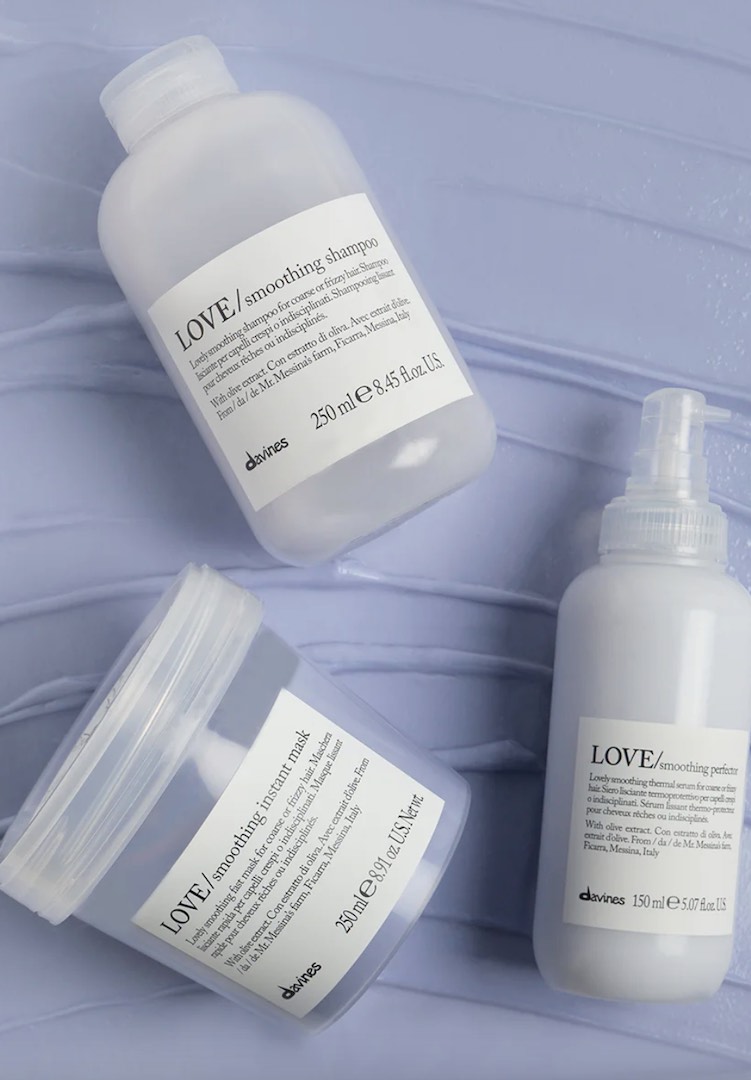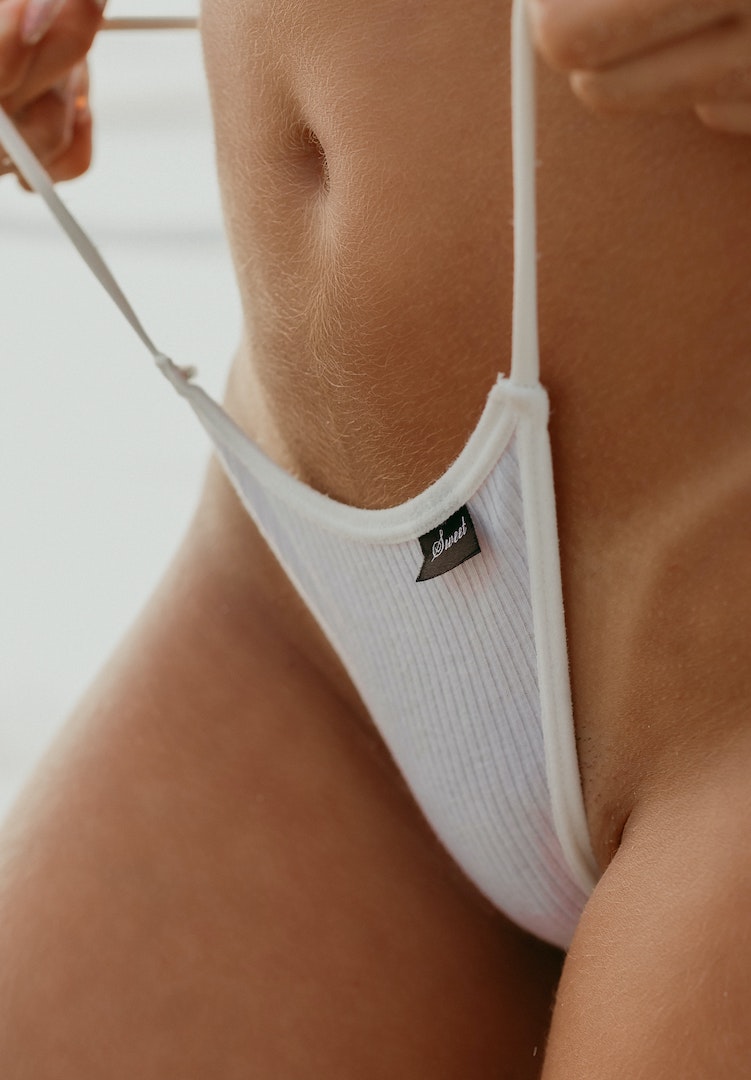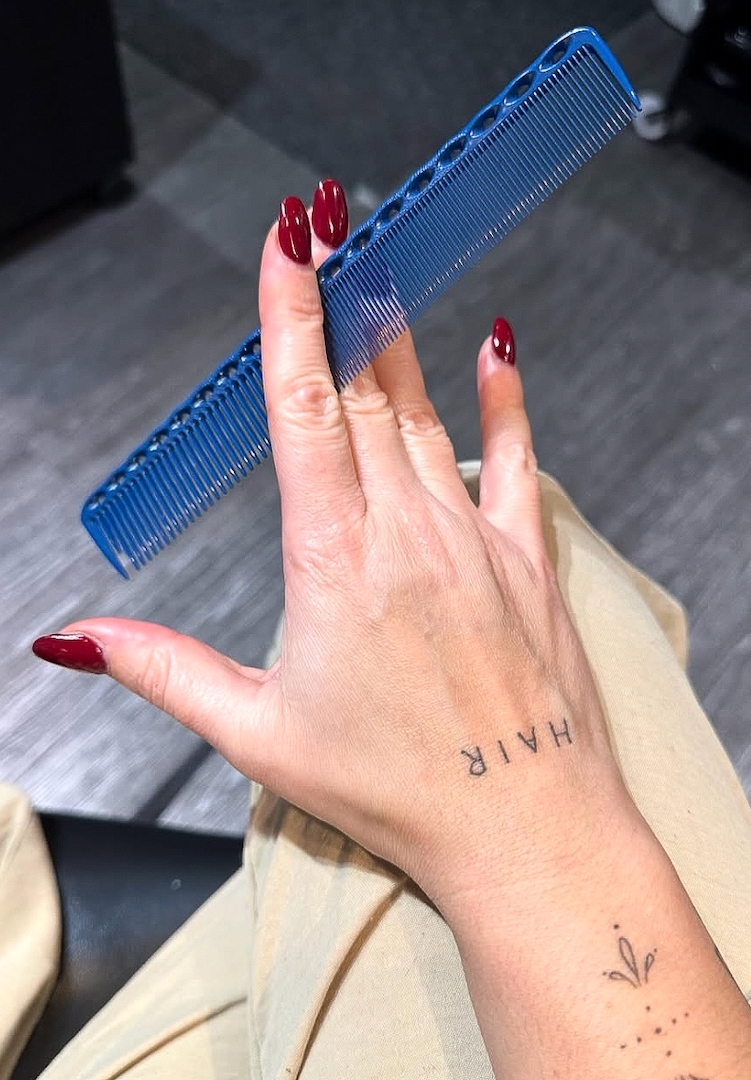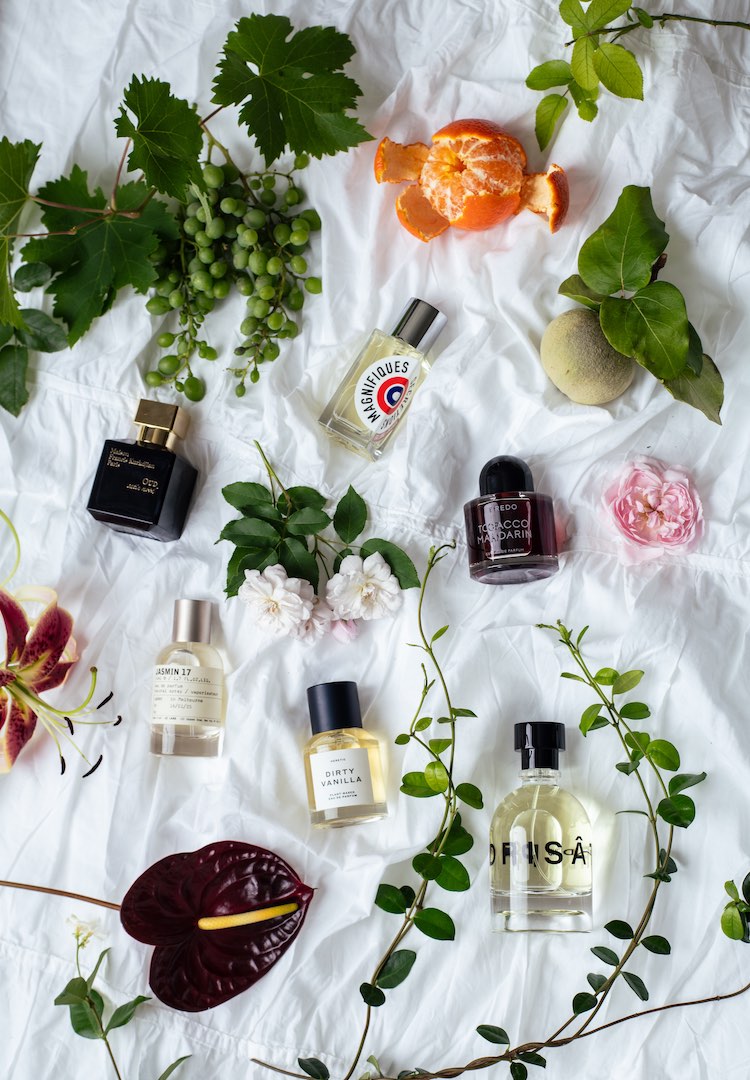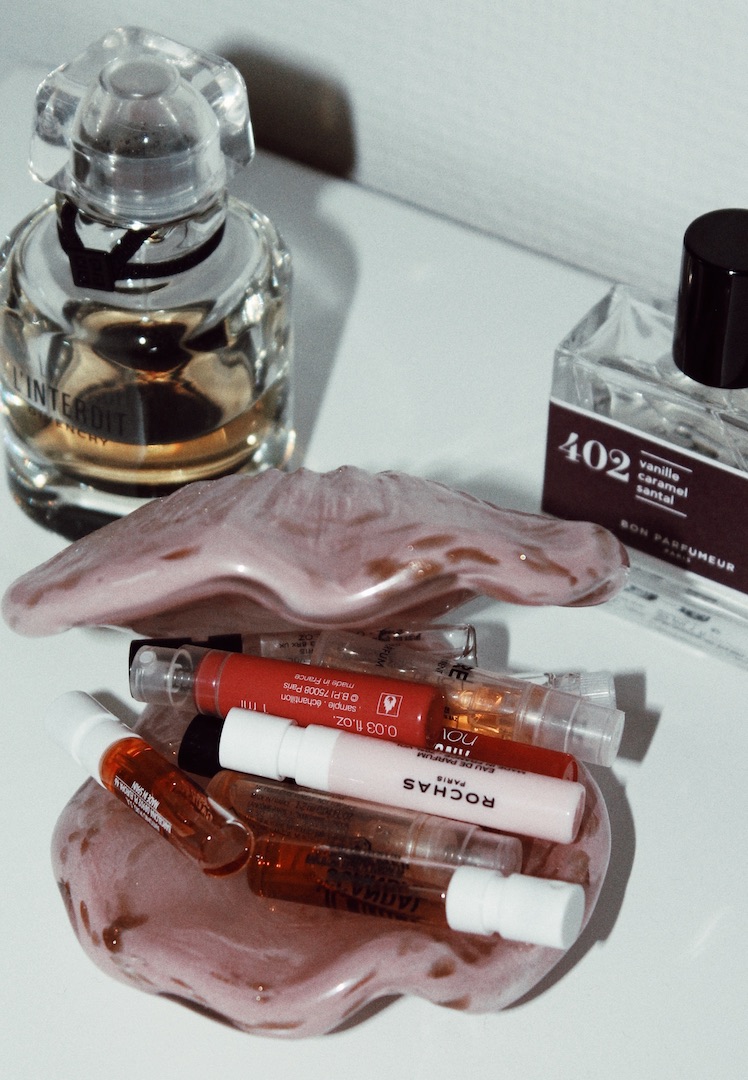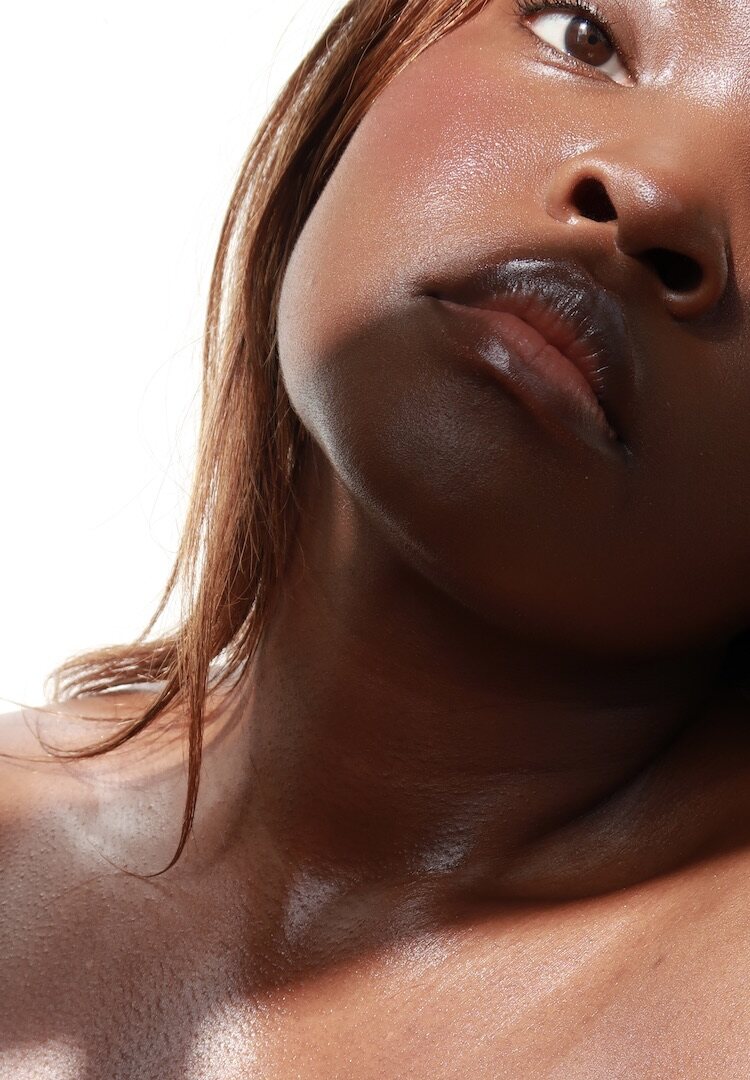How to layer fragrances, according to the founder of an Australian natural perfume brand
IMAGE VIA DEGOEY PLANET
WORDS BY DEANA STEPANIAN
“It almost has to be a botanical journey that you go on.”
I first understood how individual scent was when my mum’s best friend – who was visiting from the Netherlands – gave me one of her Escentric Molecules fragrances as a departing gift. I couldn’t understand what she meant by, “It smells different on each wearer” until I spritzed it on myself. This was definitely a turning point in my own hunt for finding a signature, niche scent.
Over the years, I’ve strictly avoided florals and mostly opt for smelling like a leather jacket with nut-filled pockets that’s been set on fire. I’m currently addicted to Stora Skuggan’s Silphium. Imagine citrus mixed with cinnamon, tobacco, black ginger, and cedarwood – it’s a warm and spicy combo of notes I adore, but I’m unsure whether it will work well during our hot Australian summer. To buy a season-specific fragrance would surely make a dent in my bank account, so I’ve decided it’s time I learn to layer and pair it with a lighter fragrance I already own.
We like nosy people. Don’t be shy, head to our Beauty section for more.
Truthfully, my nose isn’t trained to layer perfumes. But knowing how our preferences shift, learning to layer scents is a useful skill for any fragrance enthusiast. To find out how to do this, I spoke with Samantha Copland, the founder of Perfume Playground, a family-run, Melbourne-based business, designing natural fragrances for brands, people and spaces.
Hey Sam! Do you have any tips for determining your fragrance preferences when layering?
At Perfume Playground, what we do is custom design. So people are coming to us to learn how to layer, [and] to make their own signature scent. We get people to set an intention for the day when they’re making, and that might be to determine whether they’re going to use the fragrance during the day or in the night, or it could be seasonal.
So, in the spring and summer, you’re probably going to go towards something that’s a little fresher and uplifting, possibly zesty, something that [has] floral notes. Whereas in the winter, you might be more drawn to the warmer notes, the vanillas, the resins and woody notes [and] musks. And similarly, it might be to complement an outfit. So, it’s like thinking about, well, you know, am I going to wear leather? Am I going to wear a bit of denim? And [thinking] maybe I might actually go for something a bit more woody than if I was wearing like a white or like floral… dress, you know?
But I think with fragrance… because it is sold as a whole, there’s a lot of complexity in commercial fragrance, because they use maybe up to a hundred ingredients. So, for a novice or a beginner, deciphering what is working for you and what’s not working for you – maybe with your skin or your personality or style – [will] be harder.
What are some combinations that might work well together?
I definitely think going into summer, and also [it’s] spring right now, that most people will be layering more citrus and floral. They might be thinking about some sort of fresh middle note, like lavender, and mixing that with like a rosemary… or some sort of herbal scent, which could be quite refreshing. It could be peppermint.
View this post on Instagram
Instead of lavender, there’s a note called ho leaf, which is a Japanese native. That might pair really well, just so you’ve got a bit of interest. I know someone on the weekend made something with ho leaf, fresh ginger, sandalwood, black pepper and geranium… But yeah, citrus, floral, [and] I mean, everybody loves a lemon or a mandarin! Blood orange and jasmine are probably one of my favourite combinations. But then you’ve got, you know, it could be a floral on the top and litsea cubeba, which is like may chang, in the middle. So, kind of switching that little citrus on its head for something a bit more unique.
How can we avoid fragrances from clashing or overpowering one another?
I think that’s kind of why coming to the Perfume Playground can be really useful because you’re playing with single essences, rather than something that’s got probably four to five top notes, middle notes and base criteria. It also probably matters whether you’re using natural fragrance or synthetic. The way that I kind of approach it at the workshops is that [once] you’ve set your intention, and explored the top notes, middle notes and bass notes, and decided which ones you like the most, we put them on scent strips and we get people to actually first smell them together.
We’re mostly looking at the intensity of one note versus the other. So, say you were going to… make a dirty strawberry (my teacher in the US talked about making this). So, you’d have strawberry in the middle and then coffee… but you know, it could be really easy for it to be too sweet or maybe too flat and earthy from the coffee. So you [have] to find that balance.
We teach a blending technique once you actually get into the making side of our workshops. You combine them in a blending cup, and then you smell them, determining how they go together… So, what you do is usually you put the heavier scent on first, and then the lighter scent [second]. That’s if you were going to put it on your skin. But where possible, you want them to be sort of sprayed on simultaneously…
Are there any scents you should avoid layering? Why?
In more of a commercial sense, a really intense kind of floral with a really intense wood. I think the best thing is to test and adjust. You just have to put them on test strips to see if they go together. And then once you’ve played around and gone, ‘Oh yeah, cool, I definitely think they do’, then at that point, put them on your skin, one on each wrist, and join them together and go from there. And it really is [about] just experimentation. Like, there’s no shortcuts. You can’t really read about it, [and] there’s not a lot online around how to do it or what not to do.
I think it’s a really great expression of your own unique kind of personal style. It almost has to be a botanical journey that you go on. Because I tend to only use naturals on my skin, try and find phthalate free or petrochemical free [fragrances] so that at least you’re not getting those harmful chemicals onto your skin, which might interrupt your hormone disruptors… As soon as you start to match three commercial fragrances, you’re getting into quite a lot of complexity. That probably is going to make it smell a little bit muddy, and just sort of… too much. I’d recommend sticking with only two fragrances.
Do you have any tips for helping layered scents last longer?
I definitely think playing around with a fragrance-free moisturiser, just so it keeps your skin super hydrated. And using the scent on your pulse points [too], so wrists, neck and behind the ears, because those are the places [where] heat’s coming off them, so they help the scent diffuse.
In terms of other [things] that help with longevity… I always say this, but especially with natural perfumes, having a solid perfume too. So you might put a fragrance-free moisturiser on but if you’ve got naturals make your scent solid and then decide to make it a spray… so you get that sort of longevity of wear.
For more on layering fragrances, try this.

